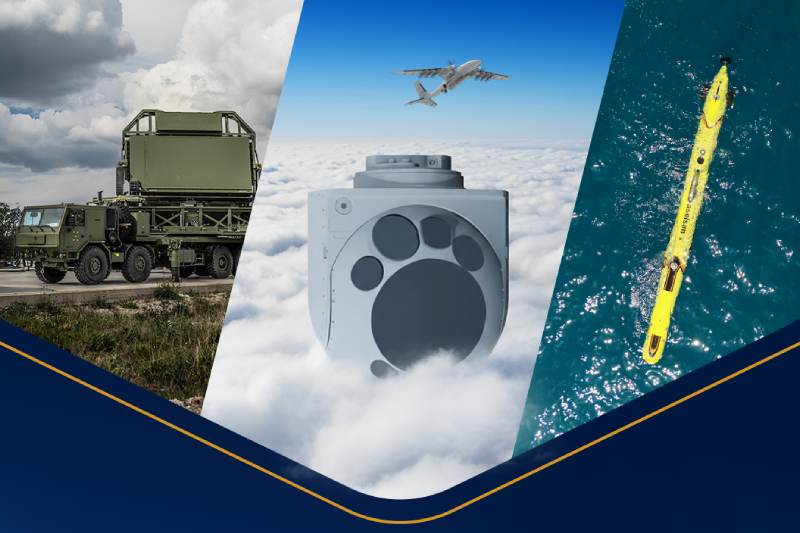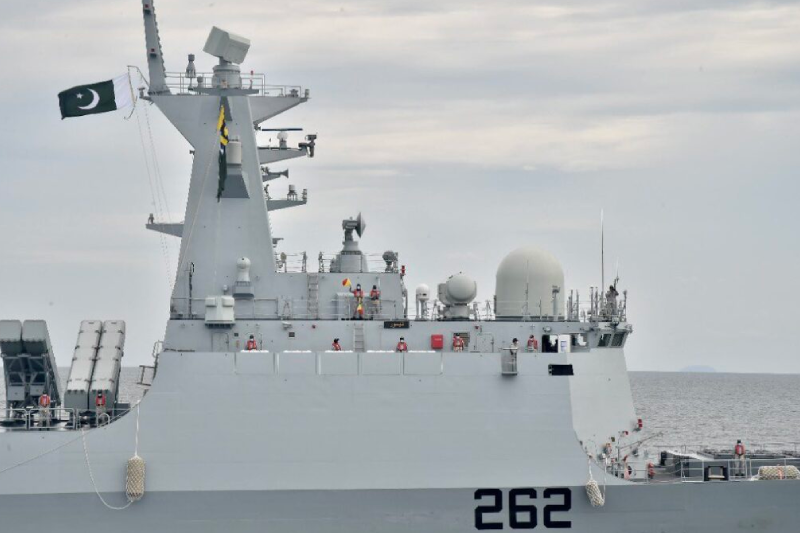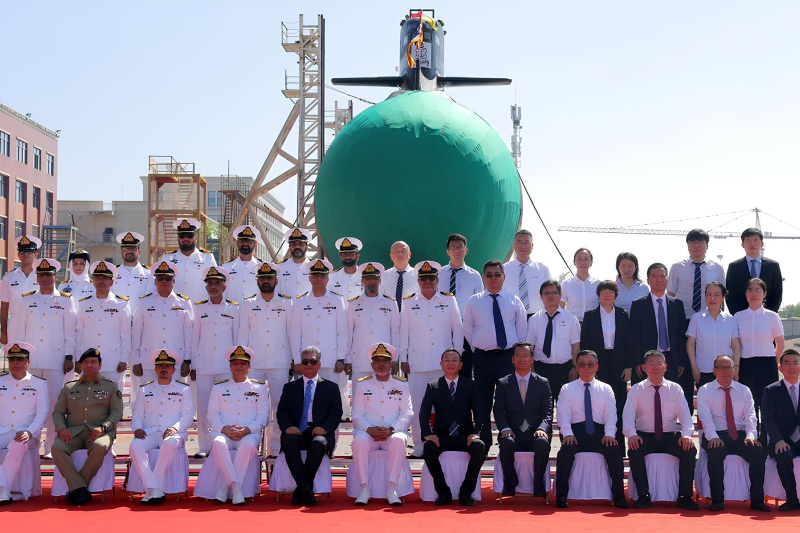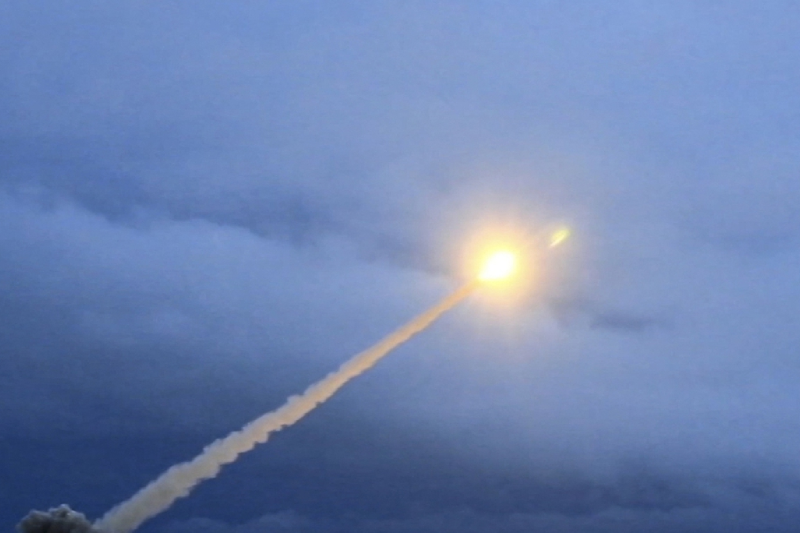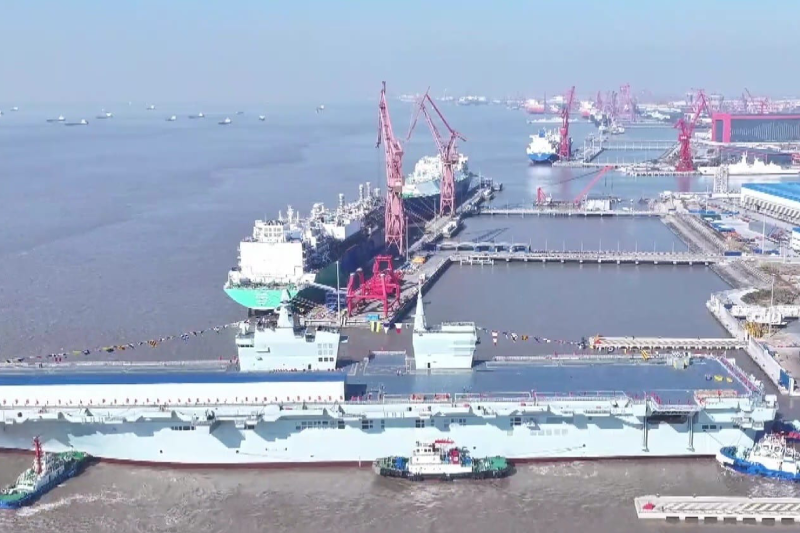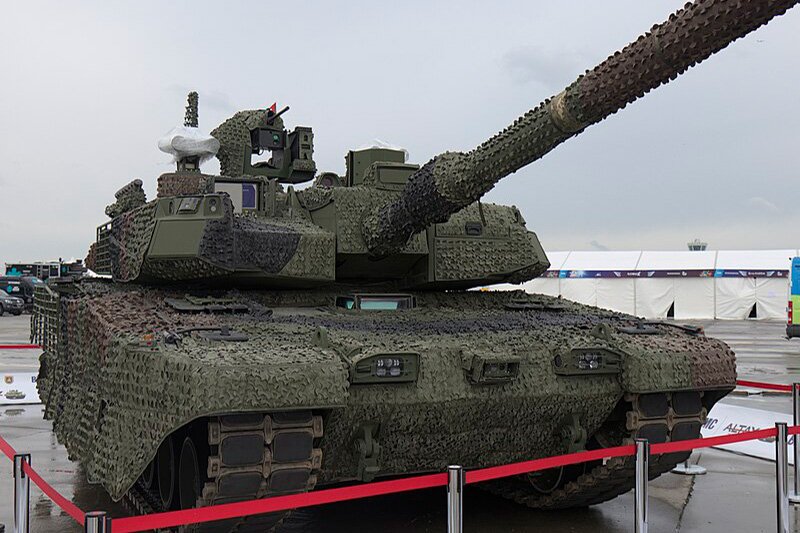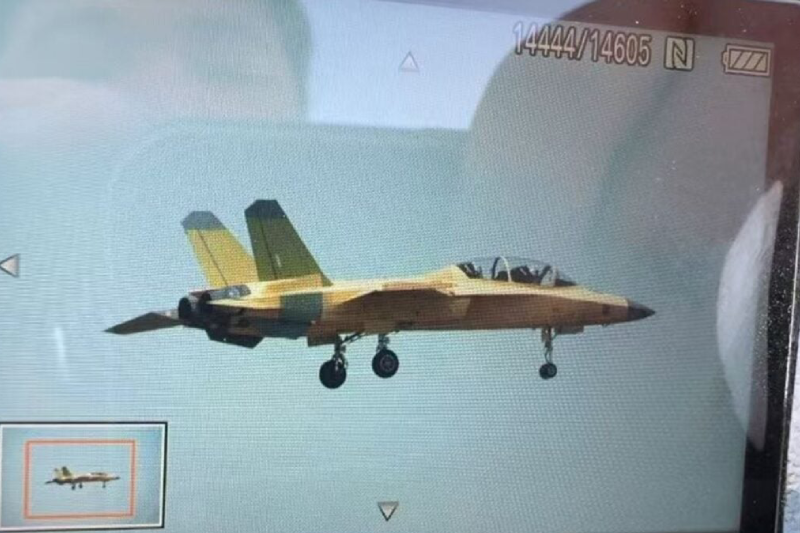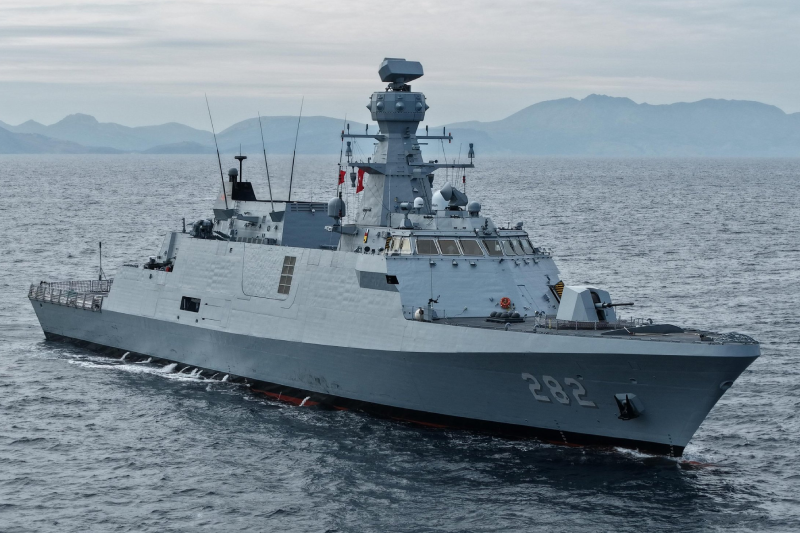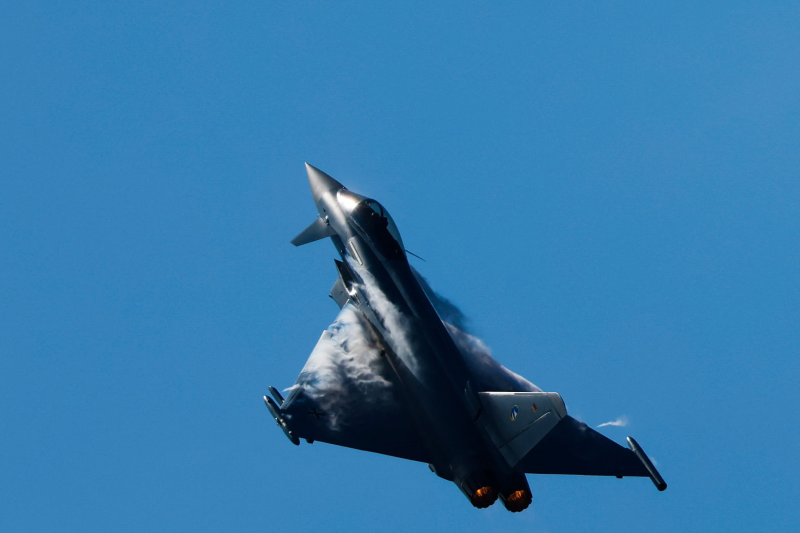Turkiye’s Eyes Eurofighter and F-35 Jets to Boost Air Power
Turkiye’s is accelerating its efforts to modernize and reinforce its air power, seeking advanced fighter jets from both European partners and the United States. With growing regional tensions and an increasingly volatile Middle East, Ankara aims to quickly acquire state-of-the-art Eurofighter Typhoon and F-35 Lightning II jets to maintain a strong defensive edge.
As a key NATO member possessing the alliance’s second-largest military, Türkiye is capitalizing on its improving ties with Western nations. According to recent reports, the Turkish government has reached a preliminary agreement for 40 Eurofighter Typhoon jets and is also exploring the possibility of returning to the US-led F-35 program, from which it was previously suspended.
Israel’s recent airstrikes across the Middle East including in Iran, Syria, Lebanon, and Qatar have caused serious concern in Ankara. With Israel’s air fleet boasting hundreds of US-made F-15, F-16, and F-35 jets, Turkiye’s perceives an urgent need to narrow the gap in air capabilities. Officials say these developments have driven Ankara’s decision to pursue rapid military modernization.
Relations between Türkiye and Israel have deteriorated further due to ongoing conflicts in Gaza and the wider region. President Recep Tayyip Erdoğan’s strong criticism of Israel’s operations has contributed to rising diplomatic tensions. Meanwhile, Israeli Prime Minister Benjamin Netanyahu has accused Turkiye’s of supporting armed groups in Syria, deepening mistrust between the two nations.
Adding to the urgency, Greece Turkiye’s long-time NATO rival is expected to receive its first batch of advanced F-35 fighter jets within three years. The two countries’ history of aerial encounters over the Aegean Sea underscores Ankara’s determination to maintain air parity in the region.
Türkiye is close to finalizing a deal that could see it receive 12 secondhand Eurofighter Typhoons from Qatar and Oman as an immediate measure, while 28 brand-new jets would follow in subsequent years. These discussions involve Eurofighter consortium members the UK, Germany, Italy, and Spain and are reportedly progressing positively.
Erdoğan has recently met with Qatari and Omani leaders to discuss aircraft numbers, costs, and delivery timelines. He is also expected to meet British Prime Minister Keir Starmer and German Chancellor Friedrich Merz later this month to finalize the agreements.
A spokesperson for the UK government confirmed that a memorandum of understanding signed in July opened the door for a multibillion-pound order of up to 40 aircraft. Germany has also signaled its support, with officials indicating that a finalized deal could be reached within the year.
Turkiye’s ambition to rejoin the F-35 Joint Strike Fighter program has been complicated by U.S. sanctions. Ankara was expelled from the program in 2019 after purchasing Russian made S-400 missile defense systems, triggering CAATSA (Countering America’s Adversaries Through Sanctions Act) restrictions.
However, Turkish and US officials have shown a willingness to resolve these disputes. President Erdoğan and former U.S. President Donald Trump have held productive discussions, raising hopes for a potential waiver or diplomatic workaround to resume cooperation.
Analysts suggest that both Ankara and Washington possess the political determination to move forward. Turkish officials have hinted at the possibility of a temporary U.S. presidential waiver, which could bypass CAATSA sanctions and pave the way for eventual F-35 deliveries.
“Resolving CAATSA is essential,” said Harun Armağan, Vice Chair of Foreign Affairs for Turkiye’s ruling AK Party. “Whether it’s a presidential waiver or a congressional action, both sides understand the need for progress.”
Faced with repeated arms embargoes in the past, Turkiye’s has dramatically strengthened its domestic defense industry. The country now produces a wide array of drones, missiles, armored vehicles, and naval vessels, reducing dependency on foreign suppliers.
A centerpiece of this strategy is Kaan, Turkiye’s first indigenously developed fifth-generation stealth fighter jet. Designed to replace the aging F-16 fleet, Kaan represents a leap forward in self-reliant defense manufacturing.
Mass production is expected to begin by 2028, positioning Turkiye’s as one of the few countries capable of producing advanced stealth aircraft.
Sources indicate that Turkiye’s may offer technology access to the Kaan program as part of its Eurofighter negotiations with Qatar, signaling Ankara’s interest in expanding defense partnerships. While no concrete decisions have been reached, this proposal underscores Turkiye’s growing confidence in its technological advancements.
Also read this: ASELSAN’s MURAD 100-A Radar Flies on Bayraktar KIZILELMA
Beyond new fighter acquisitions, Turkiye’s is implementing a comprehensive air defense strategy that includes the “Steel Dome” project a domestic system designed to intercept and neutralize aerial threats alongside expanded long-range missile coverage.
This multi-layered approach combines homegrown innovation with international collaboration, aiming to create one of the most formidable defense networks in the region
Turkiye’s intensified push for Eurofighter Typhoons and F-35 Lightning II jets marks a turning point in its defense modernization journey. By blending strategic diplomacy, indigenous innovation, and rapid procurement, Ankara seeks not only to safeguard its skies but also to reassert its status as a regional military power.
As Turkiye’s deepens cooperation with NATO allies and strengthens its homegrown defense technologies, it stands poised to shape the balance of power across the Middle East and Europe for years to come.
Keep connected with us at Facebook, Twitter, YouTube, Instagram & TikTok for latest defense happening around the globe.
Discover more from International Defence Analysis
Subscribe to get the latest posts sent to your email.




